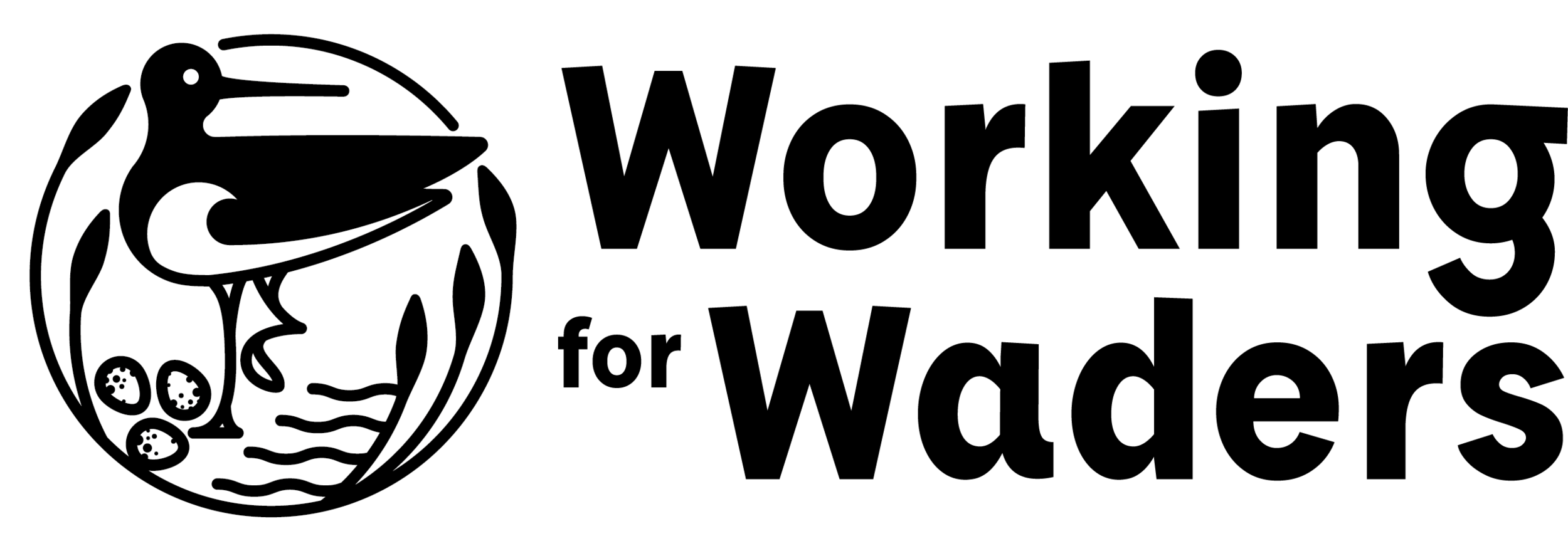World Curlew Day 2022
It’s World Curlew Day, so we caught up with Prof Russell Wynn, Manager of the English Curlew Recovery Partnership to find out more about the day and how the birds are doing south of the border.
What is World Curlew Day?
World Curlew Day was established in 2017 by Mary Colwell, Chair of the Curlew Recovery Partnership. The aim is to provide a focal point for Curlew activities worldwide, raise awareness of their perilous conservation status, and encourage people to celebrate Curlews and get engaged in their conservation. You can read more about World Curlew Day here:
https://www.curlewaction.org/world-curlew-day/
How is the Curlew Recovery Partnership getting on?
The CRP is just over a year old and is making steady progress in a complex landscape. Our first tasks after we launched were to alert people to our presence through media engagement, build a network of Curlew enthusiasts across the country, and get some useful resources into the hands of fieldworkers ready for the spring. We then had a period of consultation that led to our new work programme being developed last autumn, and that has enabled us to pull together a programme of activities for delivery this year, including our recent training workshops at Abbeystead Estate and RSPB Otmoor, a nest fencing video guide, and pilot survey and monitoring guidance specifically for Curlews. Further details on the key outcomes of our first year are here:
Where are the main focus areas for curlews in England and give us a sense of the different challenges they face?
It’s all about the productivity (or lack of it!). The science tells us that overwinter survival is pretty good, but that productivity is only about half of where it needs to be. The key drivers of low productivity are loss of eggs and chicks to generalist predators and grass-cutting operations. We are therefore using expert working groups to identify potential solutions that we can share with policymakers in Defra, including a policy brief on how future agri-environment schemes could include actions to mitigate these pressures. On top of that we are also dealing with habitat loss and deterioration due to forestry, windfarms, housing developments, coastal squeeze etc, as well as recreational pressures in popular location such as National Parks.
How important is partnership working for curlew conservation?
It’s vital…Curlews sit at the nexus of many of the big conservation issues of our generation, and so we need all Curlew ‘stakeholders’ to take ownership of the issues and help generate the extra 10,000 chicks per year needed in the UK to get the population back on a stable platform. Our Steering Group and Working Groups deliberately contain a wide range of expert practitioners, and Mary and I work hard to ensure we remain as objective and evidence based as possible. Whether it be farmers producing silage, gamekeepers managing grouse moors, managers of nature reserves, ornithologists conducting surveys, or the public visiting Curlew sites, everyone has an important part to play in maintaining population and range, and everyone’s efforts should be recognised and respected.
What signs of hope do you see for Curlews in England?
I think it’s going to be a struggle to hold on to the small numbers of scattered pairs in some of the lowland areas of southern England, especially those dominated by intensive silage production. With no more than 500 pairs south of the Peak District, and critically low numbers in Wales and Ireland, we are at risk of losing half the UK and Ireland range of the species in a couple of decades. But we’re not giving up without a fight and are actively supporting the dedicated Curlew conservationists who are trying to hold on to their local Curlews. I’m more optimistic that we will retain a viable population in the uplands, but to achieve this we need to ensure that a series of extensive upland areas are retained as open landscapes, and not fragmented by forestry and other unsuitable land-use changes. We are meeting with our Steering Group to scope out our future vision for Curlews in England, and the changing nature of our uplands will be a key component of that discussion.
How will you be celebrating World Curlew Day 2022?
I’m going out at first light to visit some of my local breeding Curlews here in the New Forest, and then doing a live interview in the field with Sky News. I’ll then get active on CRP social media and am looking forward to seeing how everyone else is getting on with their Curlew fieldwork. In the evening I’ll be dialling in to watch Mary in conversation with singer-songwriter, David Gray, as part of a Curlew-themed event hosted by WWT. I’ll probably have a drink or two after that and fall asleep dreaming about Curlews!

